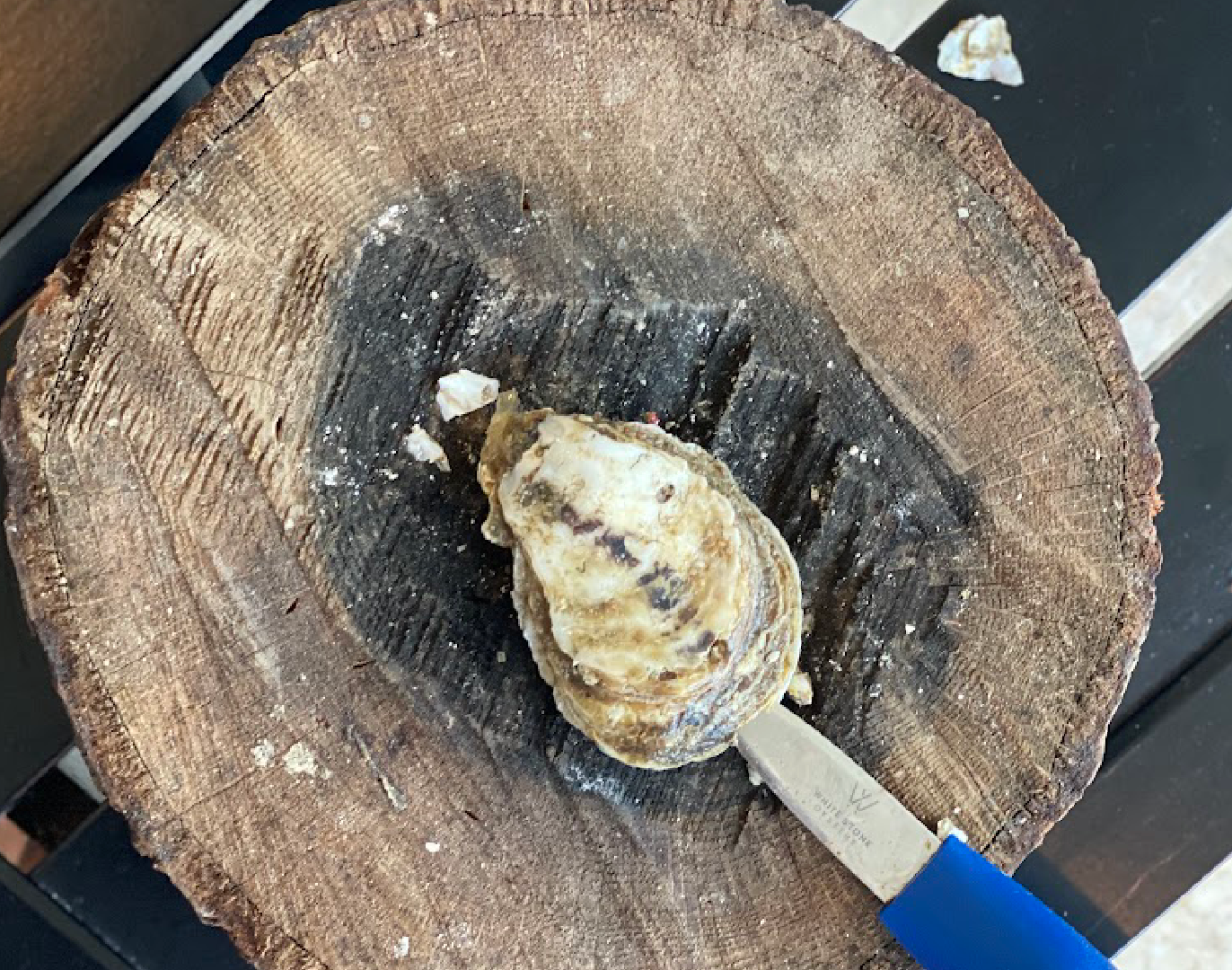
Oysters are a great addition to almost any meal- or can be the star of the show as the main course. They’re packed with protein, zinc, and tons of other nutrients and are easy to prepare with hundreds of recipes available. But, how can you be sure your oysters are safe to eat? Follow this guide to tell if an oyster has gone bad easily.
- Start by checking the shell. If there are large cracks or broken or damaged areas, throw the oyster away. There should be no gaps within the shell. If the shell is also open, the oyster is bad. Oyster shells are glossy white in color with pink and gray streaks, if yours looks greenish or brown, you should discard the oyster.
- Tap the shell. Tap one oyster against another, or use your oyster knife. A tightly sealed oyster will sound like you're tapping a stone. If you hear hollow sounds or can see openings in the shell, the oyster is bad and should be thrown away.
- Take a look at the oyster meat. Healthy oysters, like our White Stone Oysters, are plump, glossy, in their own liquor, and light tan in color. If your oyster is bad, it will have a cloudy, dry, and withered appearance. Contaminated oysters will be grey, brown, black, or pink.
- Take a sniff. Your oysters should smell like the ocean, but not fishy. If the oyster has an offensive, strong, or pungent odor, throw it out.
Things to consider:
If your oysters have been shucked and removed from the shell before you buy them, they’re best cooked. Oysters served on the half shell at a restaurant, for example, should be chilled on ice and should look plump and healthy with no discoloration.
For more oyster tips and tricks, check out our blog. Or, shop now for your fresh White Stone Oysters.
← Older post Newer post →
